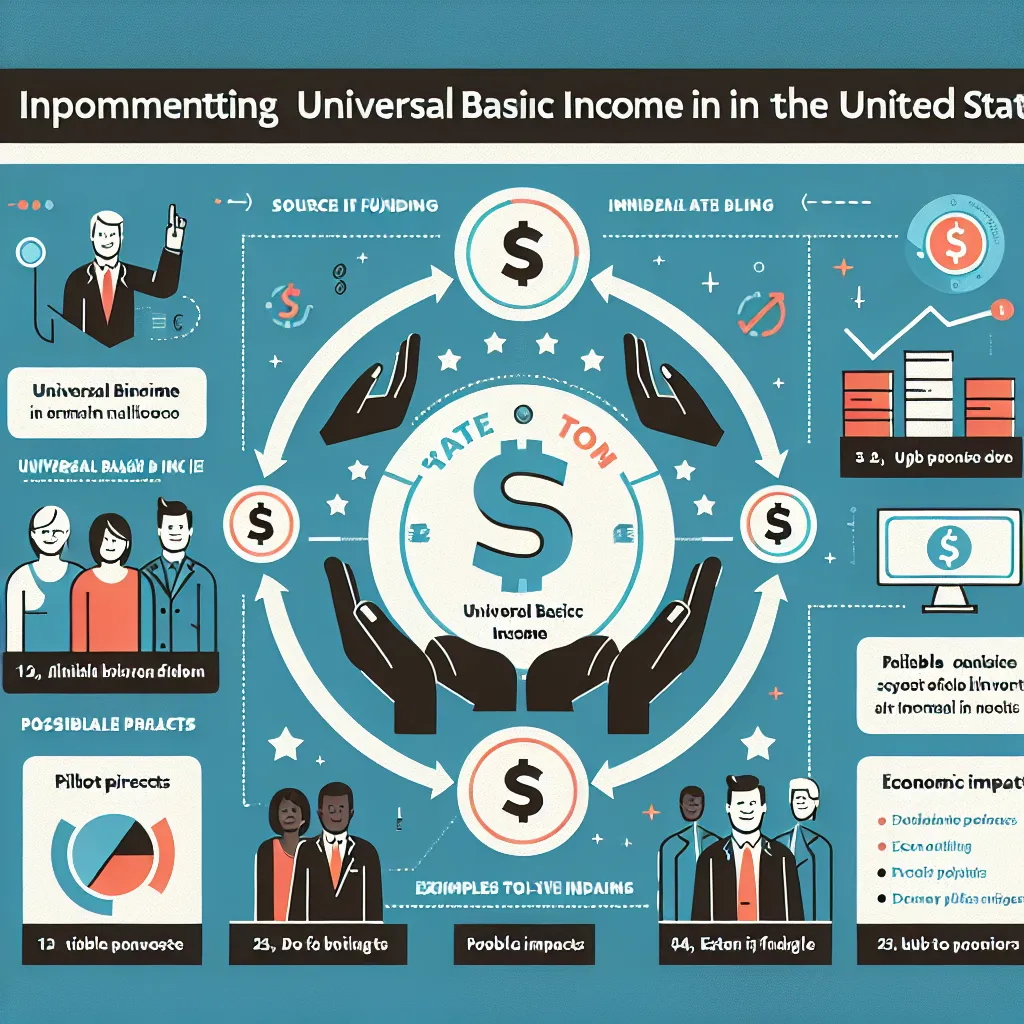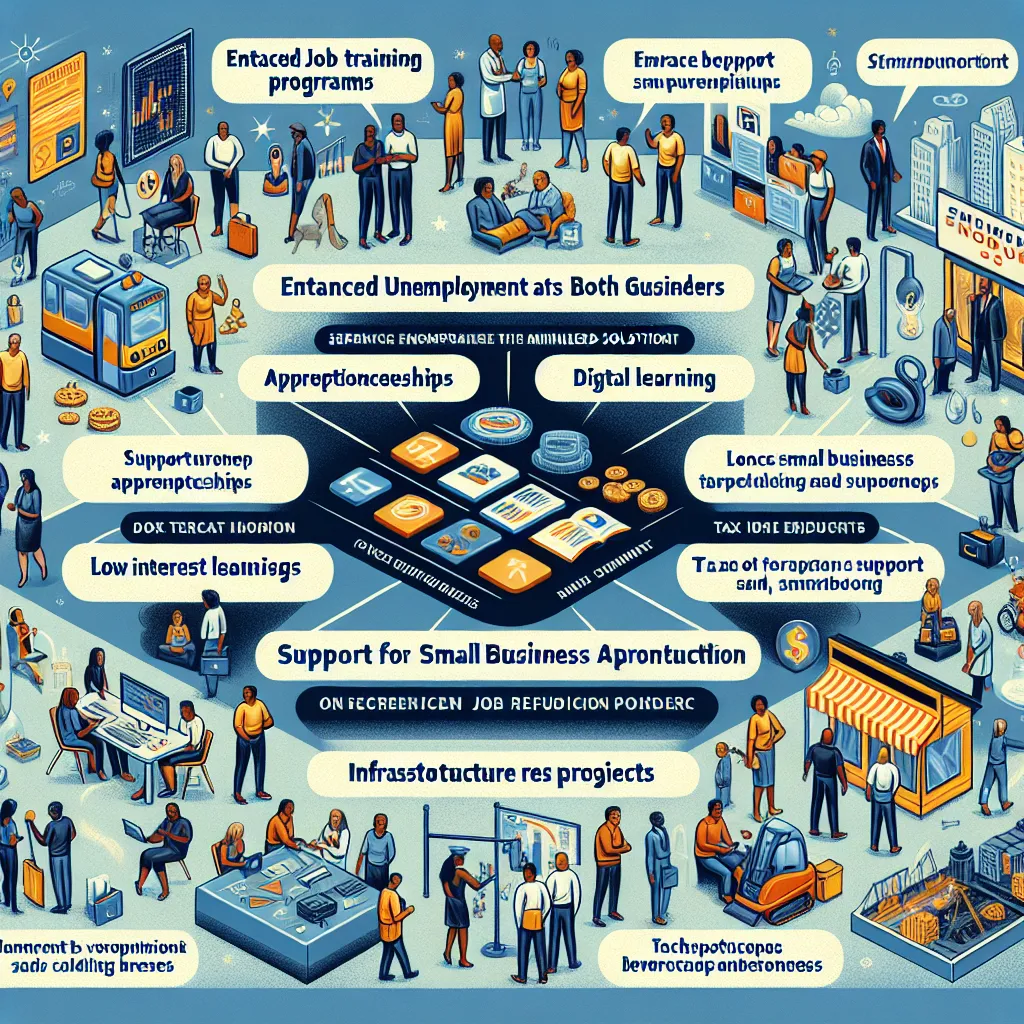Ask AI on The Internet
Question: Please describe the best way to implement universal basic income in the US.
Implementing Universal Basic Income (UBI) in the US is a complex task that requires careful consideration of economic, social, and political factors. Below is a broad framework for implementing UBI effectively: ### 1. Define Objectives and Benefits - **Poverty Alleviation:** Focus on reducing poverty and providing financial stability. - **Economic Stimulus:** Boost consumer spending to stimulate the economy. - **Social Equity:** Promote equality by providing a safety net for all citizens. ### 2. Establish Clear Policy Design - **Amount and Frequency:** Determine the appropriate amount and frequency of payments. Research suggests an amount sufficient to cover basic living costs, such as $1,000 per month per adult. - **Eligibility:** Decide whether the UBI will be universal or targeted. A truly universal approach simplifies administration but could be costly, while a targeted approach could focus on those most in need. ### 3. Secure Funding - **Reallocate Existing Resources:** Review and potentially redirect funds from current social programs that might overlap with the benefits of UBI. - **Progressive Taxation:** Implement a more progressive tax system, ensuring higher earners pay a fairer share. - **Wealth Taxes:** Consider taxes on wealth, financial transactions, and large corporations to generate additional revenue. ### 4. Pilot Programs and Research - **Small-Scale Pilots:** Conduct pilot programs in diverse regions to test the effectiveness and impact on local economies and social well-being. - **Research and Analysis:** Continuously collect data, analyze results, and adjust the program based on findings. ### 5. Legislative and Political Strategy - **Build Consensus:** Engage stakeholders, including policymakers, community leaders, and the public, to build broad support. - **Bipartisan Approach:** Work towards bipartisan support by addressing concerns and highlighting benefits for various groups. - **Legislation:** Draft detailed, clear legislation outlining the structure, funding, and implementation plan for UBI. ### 6. Infrastructure Development - **Efficient Delivery System:** Develop a robust system to deliver UBI payments efficiently, possibly using existing infrastructure like the IRS or Social Security Administration. - **Accessibility:** Ensure the system is easy to access and benefits are received by all eligible citizens without unnecessary barriers. ### 7. Monitor and Adjust - **Oversight and Evaluation:** Establish an independent body to oversee the UBI program, ensuring transparency and accountability. - **Regular Reviews:** Conduct regular reviews to assess the economic and social impacts, making adjustments as necessary based on evidence and feedback. ### Key Considerations and Challenges - **Economic Impact:** Monitor for potential inflationary effects and mitigate them through policy adjustments. - **Labor Market Effects:** Address concerns about potential disincentives to work by emphasizing the safety net aspect of UBI rather than a substitute for employment. - **Public Perception:** Foster positive public perception through education campaigns that explain the benefits and dispel myths surrounding UBI. ### Conclusion Successfully implementing UBI in the US requires a multi-faceted approach, involving careful policy design, sustainable funding, pilot testing, and strong legislative strategies. Through meticulous planning and broad public engagement, UBI can be a transformative policy that promotes economic stability and social well-being.
Think your answer is better than the AI's? Post it below.
Other Most Relevant Posts:
Question Tags
If you want your question answered by an AI, click here.







Post your own comment: